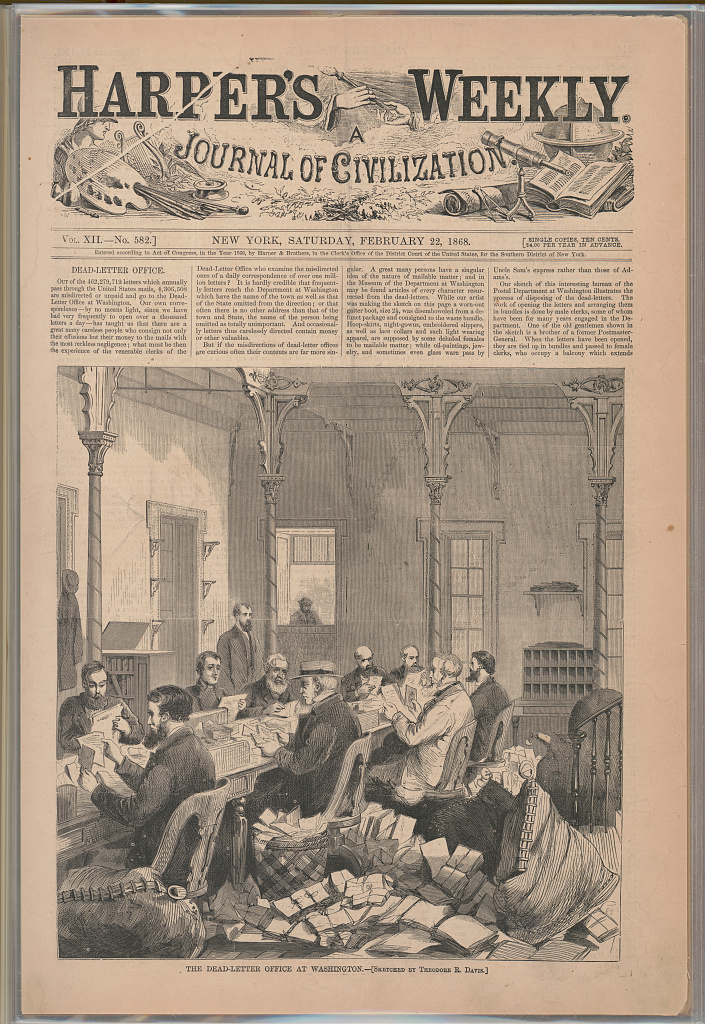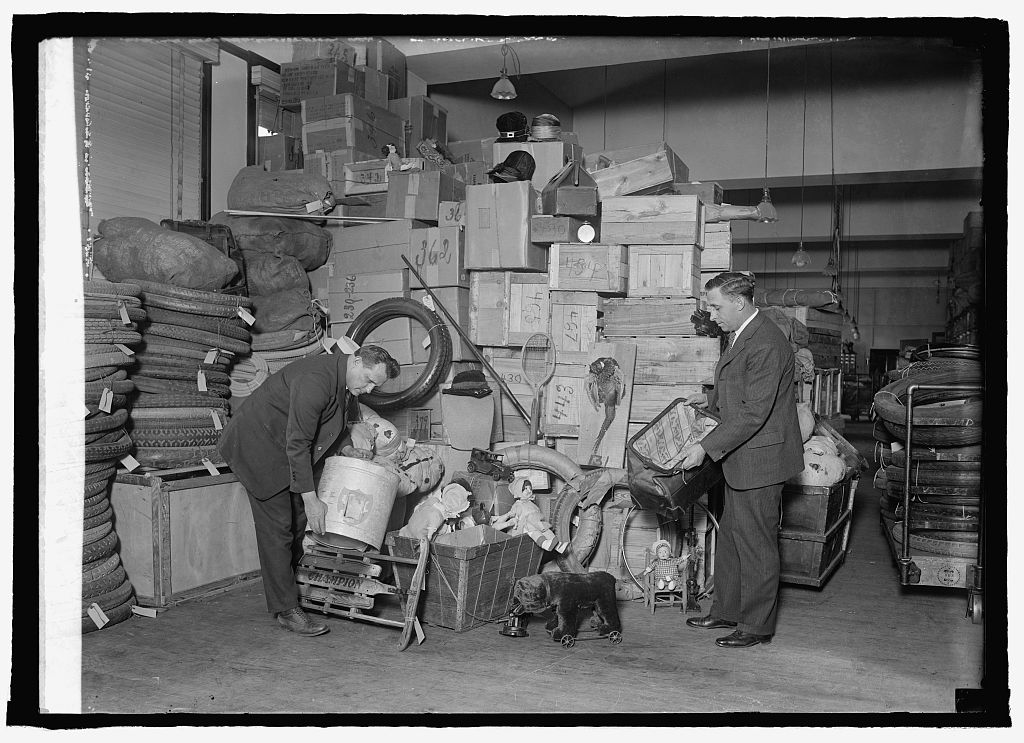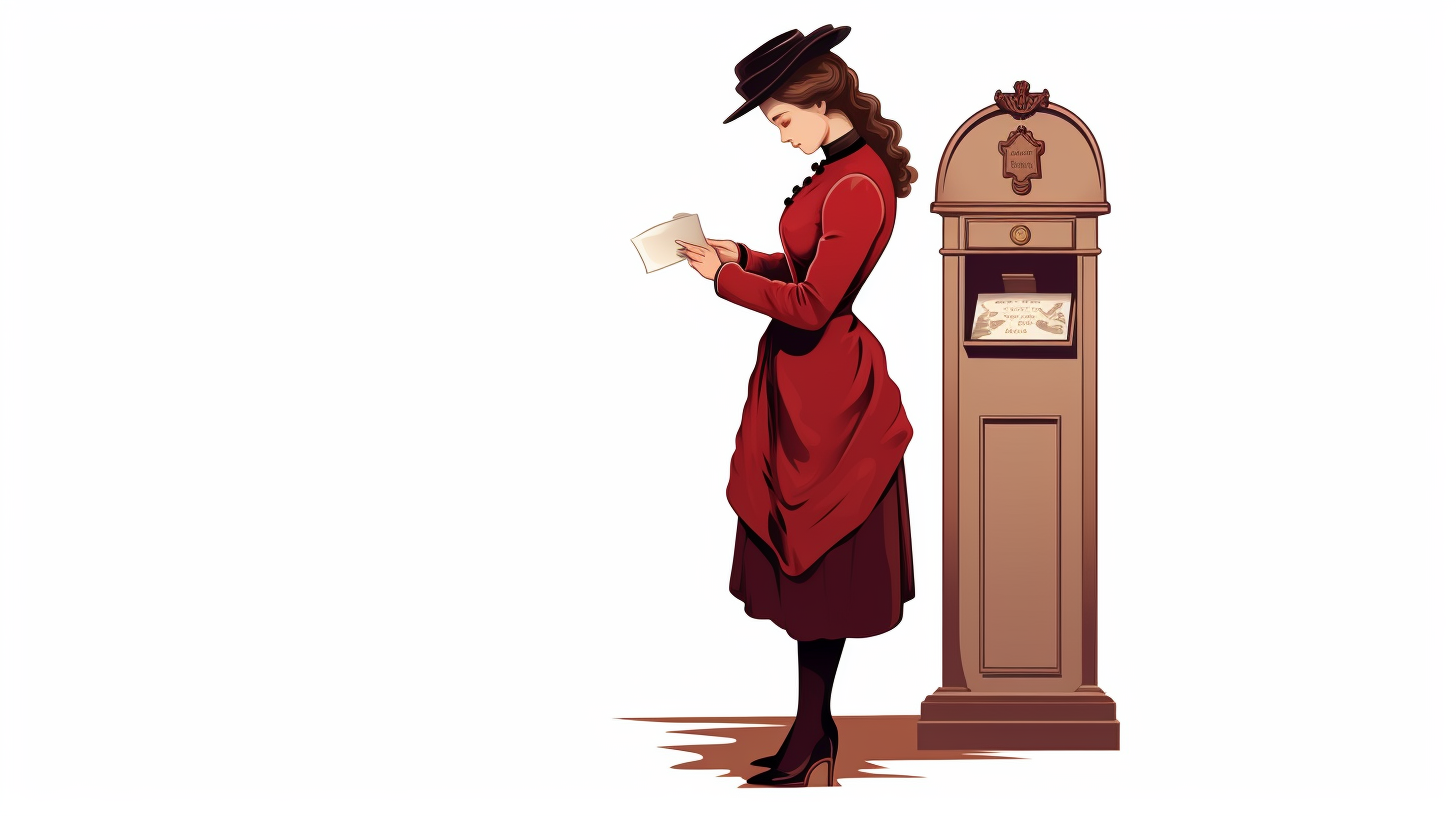In the bustling heart of Atlanta, Georgia, where the area code curiously—and almost poetically—reads “404” lies a testament to bygone days: The Dead Letter Office. Amidst the age of instant digital messages, this tangible reminder of the past speaks of lost connections, unfulfilled promises, and sentiments never received. If you’ve ever encountered the familiar “404: Page Not Found” error online, you’ll appreciate the serendipity. Dunh dunh duuu… The tale of the Dead Letter Office is far from a mere relic; it’s a story intertwined with modern digital frustrations, making it all the more intriguing.
Journeying Back in Time
The term “Dead Letter Office” may sound somewhat macabre, evoking images of ghostly letters floating about, seeking their rightful owners. While not quite spectral, these offices were indeed repositories of lost messages, their origins steeped in history and human emotion. Picture this: a letter penned under candlelight with passion, sealed with wax, and sent with anticipation, only to end its journey – undelivered.
Where did these letters go? Into the embrace of the Dead Letter Office.
The idea of dealing with mail that is both undeliverable and unreturnable has been around for centuries, with different countries creating their own systems based on their postal requirements. However, it’s the story from the U.S. that truly stands out and captures one’s imagination.
The Birth of an Institution
In the early 19th century, as the volume of mail began to burgeon, so did the amount of undelivered post. Individual postmasters grappled with these ‘dead letters’ but the system was inconsistent and haphazard. Enter the year 1825, a pivotal moment in the annals of postal history. The U.S. Congress, recognizing the chaotic state of undelivered mail, gave birth to the official Dead Letter Office, situated in Washington, D.C.

From love letters that never found their sweethearts to official documents that could’ve changed the course of events, the Dead Letter Office became a silent witness to countless untold stories. Each piece of mail held a narrative, a fragment of someone’s life. The diligent workers of this office (with a special hat tip to Patti Lyle Collins), the unsung heroes of postal lore, would sift through these stories, trying to redirect as many letters as possible to their rightful destinations. Those that remained unclaimed? They had varied fates—some were auctioned, some archived, but most met their end by being destroyed.
By the turn of the 19th century, the Dead Letter Office was handling around 7 million dead letters per year, nearly 20,000 letters per day. Today, the Dead Letter Office (now called mail recovery centers) of the U.S. process around 99 million letters and packages each year, an average of approximately 271 thousands pieces per day processed in 3 locations (St. Paul, San Francisco, and Atlanta) by 200 clerks.
Seasonality, undoubtedly an influx in letters near the end of the year with a destination for the North Pole?
More Than Just Letters
While letters were the most common occupants of the Dead Letter Office, they weren’t the only ones. Curiously, the office also housed a myriad of other items. From misaddressed packages containing anything from dolls to live animals, to valuable heirlooms and mysterious trinkets, the Dead Letter Office transformed into a treasure trove of the bizarre and the beautiful.

Many countries, inspired or confronted by similar challenges, established their versions of the Dead Letter Office. These institutions, each with its quirks and tales, became silent watchmen of human connection, or sometimes, the lack thereof.
The 404 of Yesteryears
Now, let’s leap forward two centuries. The Dead Letter Office might seem an antiquated concept in our times of instant messaging and video calls. But have we truly left behind the era of lost messages? Enter one of the digital realm’s equivalent of the Dead Letter Office: The 404 Error.
As you’ve surfed the internet, you’ve undoubtedly encountered this error. Clicking on a link, only to be greeted with “404: Page Not Found” is the digital age’s way of saying, “The information you’re looking for cannot be found.” It’s an echo of the past, reminiscent of those letters that couldn’t find their homes.
The 404 error, like its analog counterpart, signifies a break in communication—a sought connection that hasn’t quite landed. It’s the internet’s Dead Letter Office, reminding us that despite the rapid advancements in technology, the essence of human communication remains unchanged: the desire to connect, the anguish when that connection fails, and the relentless pursuit to bridge gaps.
The Dead Letter Office, a fascinating piece of our postal past, serves as a poignant reminder of the ties that bind us and the lengths we go to maintain those ties. And as we navigate the vast expanse of the digital world, encountering our modern-day 404s, let’s spare a thought for the lost letters of the past and the timeless tales they hold.
